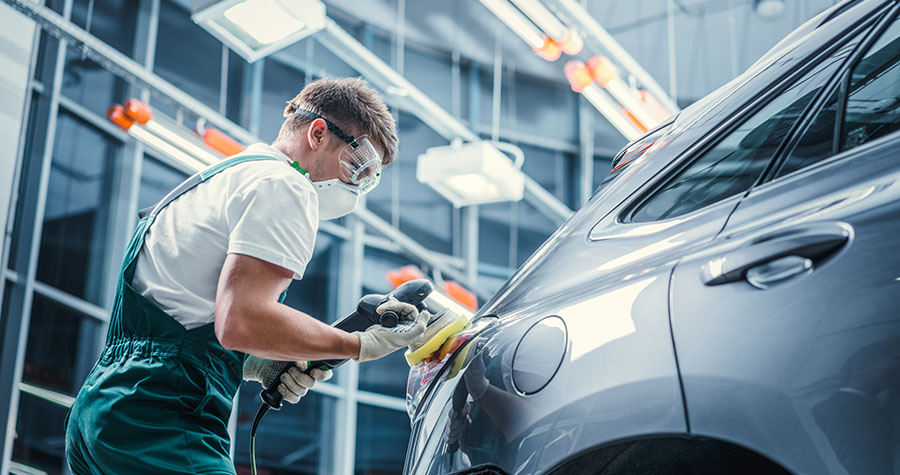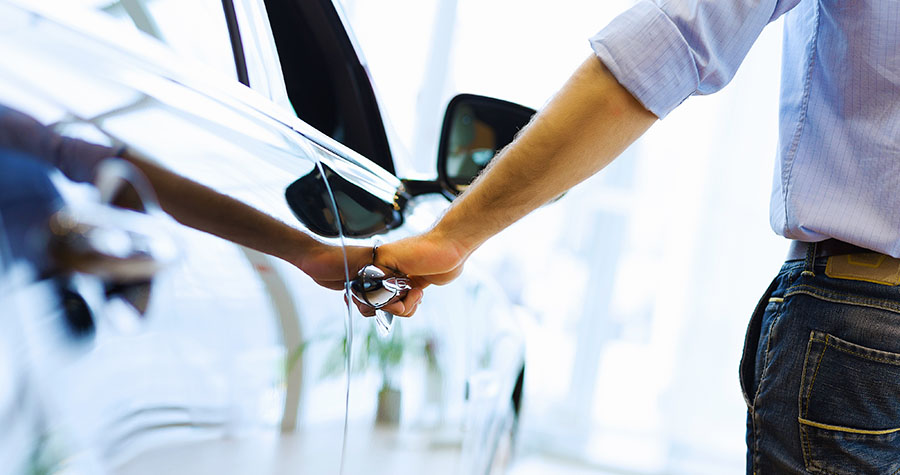Auto window tints are preferred globally nowadays owing to their thermal rejection properties (as they block approximately 80-85% of solar radiations), privacy, and protecting the vehicle’s interior from cracking and fading. The recent wave of technological modernization has given diverse options to car owners in terms of auto window tinting and is putting auto owners in the confusion of what to opt for and what not to.
A decade ago, car window films were either dyed or metallic particles (collectively known as regular tints); now ceramic and carbon window tints are replacing traditional window films because of enhanced properties. Among carbon and ceramics, the latter is leading. Here it is important to mention what makes the difference between regular and ceramic tint.
Regular Tints (Dyed Films) Vs Ceramic Tints
Dyed films, the most prevalent type of automotive window tint, is made of a very thin layer of polyester sheet with darker or lighter gradients, usually in grey or dark brown color. These tints keep the sun out by blocking UV rays, similar to how sunglasses block light from your eyes. They have two significant flaws: susceptible to damage, and additional thermal stress due to heat absorbed by the film.
Ceramic window tints also function in the same way as regular tints do. Ceramic tints, for example, rely on thin laminate or polyester sheets. So, what distinguishes them from their more traditional counterparts?
Ceramic tints have a distinct advantage over other dyed tints in terms of manufacturing that they are invisible to the naked eye, thanks to breakthroughs in the field of nano-ceramics. These microscopic ceramic particles reflect and block visible light, infrared light, and ultraviolet radiation. This reduces glare and heat transmission, making driving more comfortable and reducing the thermal stress on the glass.
Signals Interference
Ceramic window tint films don’t interfere with Wi-Fi signals, radio waves, or cellular reception. Metallic window tinting is a preferred auto tint that delivers many of the same advantages as ceramic tinting but at a lower price. Metallic window tinting has a big disadvantage that incoming radio signals might be obstructed. Ceramic tinting doesn’t include any metallic particles; therefore, it won’t interfere with your devices’ signal. Make phone calls without worrying about static-filled or dropped calls while listening to the radio.
Clear Tints Without Dark Shades
An additional distinct feature of ceramic tint over conventional window tint is that many window tints are not easy to detect. Not everyone wants to add shading or even privacy to their car; however, certain ceramic tints can block heat and reject UV rays without darkening the windows or changing the car’s appearance much.
Ceramic Tints Oxidize But Are More Durable Than Regular Tints
Ceramic tints are a wonderful alternative if you like the way your car appears or if you need to cool down and better protect a vehicle that can’t be tinted due to local rules and/or because it’s a business or governmental vehicle. Moreover, because of its structural stability, it is less prone to scratches, nicks, and tears. It’s also effective in preventing or reducing window shattering, which is useful for commercial and residential structures, as well as autos and company fleets.
Ceramic automobile window tint’s only flaw is that it gets oxidized more quickly. The hue of the film softens; this happens in dyed laminate film and carbon films as well but at a slower rate. Ceramic window tint, on the other hand, is more durable and resistant to abrasion, nicks, and tears than colored window film, so it will last longer.
Final Verdict
The heat protection and endurance are the notable differences between inexpensive tints and ceramic window tints. A cheap auto window tint is intended for those who have a limited budget and are looking for a quick fix. Ceramic tint is intended for long-term, high-value clients. While these two films may appear to be the same when they are first released, they will feel radically different as the months and years pass.
It is recommended that you get the higher quality ceramic tint of the two from a car window tinting shop Springfield if you intend to maintain your vehicle for a long time. Purchasing the less expensive window tint will almost probably necessitate replacing it more frequently and it is preferable to purchase a decent tint film once rather than a cheap product numerous times.




